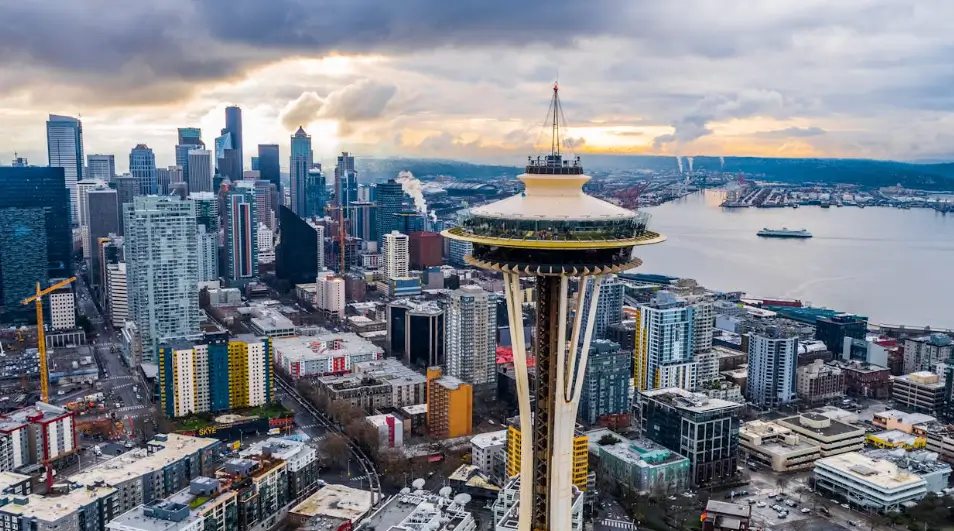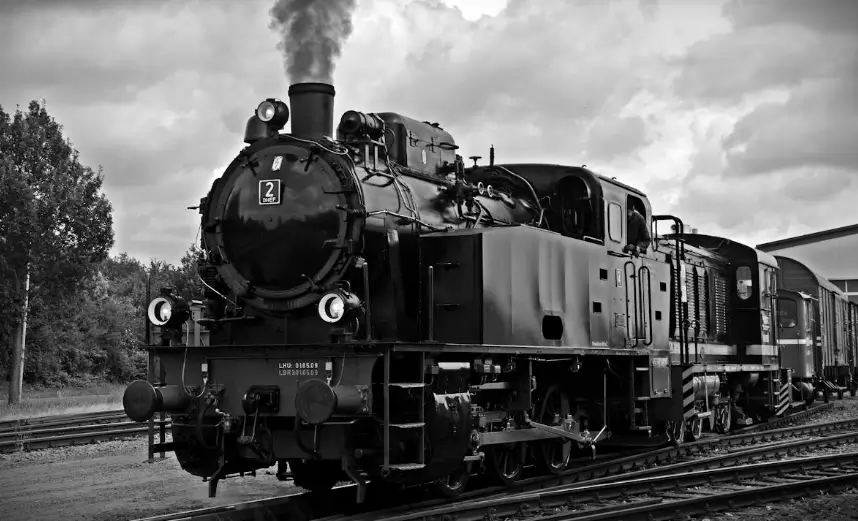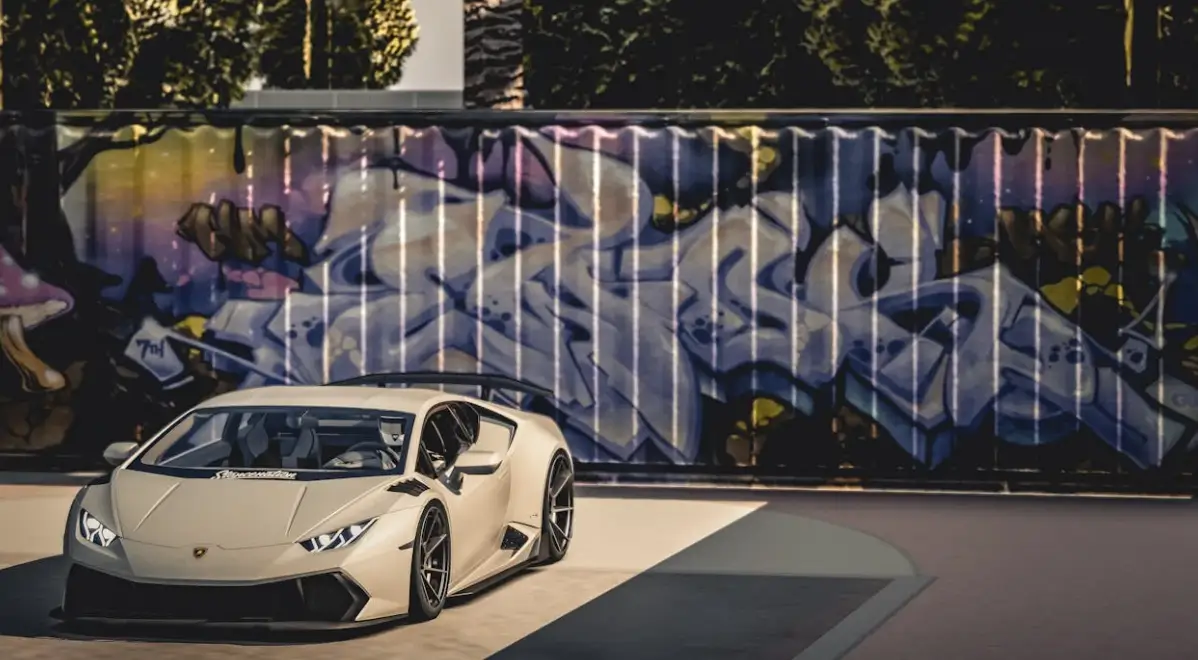When most Americans think of trains, they think Amtrak. Maybe a few commuter lines in big metro areas. If they’ve heard of Brightline, it’s probably through flashy ads about Miami to Orlando. But ask someone in Japan, France, or even Spain what a train looks like, and you’ll get something very different: sleek, fast, efficient, and competitive with planes.
That’s the gap. And it’s growing.
A Technology Frozen in Time
Amtrak’s top speed on most of its network is 79 mph. Brightline advertises 125 mph. Sounds decent—until you realize trains in Japan have been hitting 200+ mph for decades. China’s high-speed rail stretches nearly 26,000 miles, linking cities faster than planes can. Meanwhile, in the U.S., you’re lucky if your train arrives on time, let alone moves faster than driving.
This isn’t just about tech—it’s about vision. America hasn’t invested in rail like other countries. Our rail beds, signaling systems, and rolling stock lag behind. We’ve built enough to limp along, not enough to leap forward.
.webp)
The Perception Problem
Part of the challenge is perception. If Amtrak is your only point of reference, it’s easy to believe trains just aren’t that great. Politicians and pundits reinforce this by comparing slow, underfunded U.S. rail to airlines, saying, “Why bother? We have planes.” But that’s comparing apples to rotten oranges. Without a true high-speed system to ride, Americans don’t even know what they’re missing.
In Japan, the train is the default for cross-country trips. In Europe, high-speed lines make city-to-city travel seamless. Here? Most people think trains are for commuters who can’t afford a car. That cultural gap is as important as the physical one.
What About the Northeast Corridor?
This is usually where someone points to the Northeast Corridor and says, “But we have Acela!” And yes—if you’re traveling from Boston to New York or D.C., Acela is faster and nicer than most of Amtrak’s fleet. But let’s be clear: Acela isn’t true high-speed rail.
The trains themselves could go faster, but the old tracks, curves, and shared freight corridors keep top speeds capped around 150 mph in limited stretches—and much slower for most of the journey. By comparison, France’s TGV averages 200+ mph for long stretches. In Asia, bullet trains don’t share freight lines, so they glide at top speeds across purpose-built infrastructure.
.webp)
The result? Even America’s best rail line is still decades behind. Acela is an upgrade, not a breakthrough. And if our “shining example” can’t even rival Europe’s 1980s-era tech, then we’re proving the point: we’ve settled for less and convinced ourselves it’s good enough.
Terrain Excuses, Cost Excuses
Another favorite defense: “Our terrain is too hard. America’s too big.” But let’s be honest: Japan is mountainous. France has rural expanses. Spain, Italy, and China have everything from deserts to dense urban cores. These countries built anyway, because they saw rail as essential infrastructure, not a luxury.
Cost is the other crutch. High-speed rail projects are expensive, yes. But so are highways, airports, and the subsidies that keep airlines alive. America has always found money when it decided something mattered. The interstate highway system was one of the most ambitious infrastructure projects in history. If we could lay concrete across a continent, why can’t we lay rails that do the same?
The “Plane Country” Myth
Planes dominate here, not because they’re inherently better, but because we built for them. Airports, subsidies, regulations—all tilted to make flying the default. Rail never got the same political love. When gas is cheap and airfares are low, it’s hard for trains to compete. But that calculus ignores emissions, land use, and resilience.
.webp)
High-speed rail isn’t just about getting somewhere fast. It’s about giving people another option when planes are grounded, gas spikes, or climate pressures mount. It’s about linking cities in ways highways can’t.
The Climate Case for Trains
Here’s where rail really shines: emissions. A short-haul flight pumps out four to five times more CO₂ per passenger than a high-speed train. Trains run on electricity, which means they can be powered by renewables, while planes are stuck on jet fuel for the foreseeable future.
Every time a traveler swaps a one-hour flight for a two-hour train ride, that’s a climate win. It cuts not just carbon but also noise, land use, and congestion. Europe has leaned into this—France recently banned short domestic flights where a train alternative exists. The U.S., on the other hand, still subsidizes cheap flights even between cities like D.C. and New York, where a true bullet train would outperform air travel on time, comfort, and emissions.
If America is serious about climate goals, rail can’t be an afterthought. It has to be core infrastructure.
Brightline Isn’t Enough
Yes, Brightline is a step forward. A privately financed, modern rail line that connects Florida cities is a start. But it’s just that—a start. Its top speeds don’t rival true high-speed rail overseas, and it only serves a narrow corridor. For most of the country, it’s irrelevant.
We need something bigger. Not one project, not one corridor. A national rail vision.
.webp)
Why We’re Losing
America is losing the train battle not because it can’t build, but because it won’t imagine. We’re stuck with outdated references, entrenched car culture, and excuses about terrain and cost. Meanwhile, the rest of the world is zipping ahead at 200 mph, linking economies and cutting carbon.
Until we change perception, until we show Americans what real rail looks like, we’ll stay stuck. We’ll keep thinking Amtrak’s Acela is the peak of possibility, when in reality, it’s closer to the floor.
%20(1200%20x%20237%20px)%20(300%20x%2059%20px).webp)
.webp)




